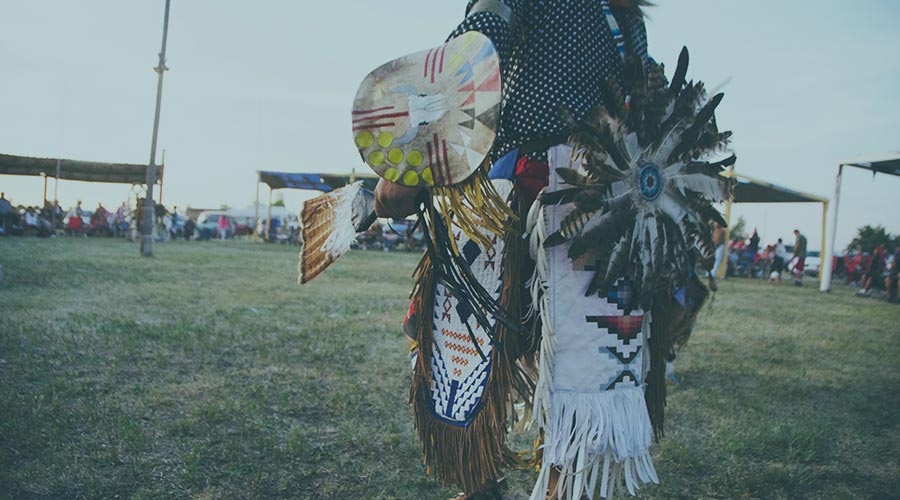Every year since 1990, people across the United States have celebrated Indigenous Peoples’ Day on the second Monday of October to recognize the history, diversity and culture of Indigneous communities.
Indigenous Peoples’ Day initially arose as an alternative to Columbus Day, a federal holiday with the same date. Native Americans and activists alike have protested Columbus Day for decades, citing the misleading narrative that credits explorer Christoper Columbus with the “discovery” of the United States even though Indigenous people had already been living on the land for centuries. In response, Native Americans first called for a new holiday at a United Nations conference in 1977 held to address discrimination against Indigenous people. 12 years later, in 1989, South Dakota became the first state to recognize Indigenous Peoples’ Day and celebrated this new holiday instead of Columbus Day the following year.
In 2021, President Joe Biden issued a proclamation to declare October 11 as Indigenous Peoples’ Day, becoming the first president to formally recognize the holiday. “For generations, Federal policies systematically sought to assimilate and displace Native people and eradicate Native cultures,” wrote President Biden in his proclamation. “We recognize Indigenous peoples’ resilience and strength as well as the immeasurable positive impact that they have made on every aspect of American society,” Biden wrote. He issued a similar proclamation ahead of the holiday in 2022 as well.
While this holiday was only recognized at the federal level in 2021, Indigenous peoples have been living on the land that now comprises the United States for centuries. Before Europeans made contact in the United States, there were more than two dozen Native American tribes living in the Southeast region of the country. Although colonization and the Trail of Tears forcibly pushed many people away from the area, the South is still home to many Native groups. Today, there are multiple national parks that preserve Native American heritage through the support of the National Park Foundation. One example in the South is the Natchez Trace Parkway, the second largest ceremonial mound in the United States that was built by Mississipian native peoples.
Robert F. Smith’s Work with Southern Communities Initiative
Many Native groups and other minority populations still face barriers in their fight for racial, social and economic equality. Philanthropist Robert F. Smith supports organizations that help mitigate these inequities, including through his Southern Communities Initiative.
Launched in 2021, Southern Communities Initiative (SCI) provides funding for programs in disinvested communities in the Southern United States in an effort to accelerate the march toward racial equality in those regions. The Initiative is supported by Paypal, Boston Consulting Group and leading global investment firm, Vista Equity Partners (Vista), of which Smith is Founder, Chairman and CEO.
The Southern Communities Initiative is focused on four racial equity pillars:
- Wealth Creation: Helping Black-owned businesses expand and gain access to funding.
- Housing: Connecting minority community members to tools and resources to become homeowners.
- Education/Workforce Development: Providing education and skills training opportunities for members of underserved communities.
- Health Equity: Improving access to quality, affordable health care in order to reduce health disparities.
Today, there are over 90 SCI partner organizations spread across Atlanta, Birmingham, Memphis, Houston, New Orleans and Charlotte.
Learn more about Smith’s work with the Southern Communities Initiative.






